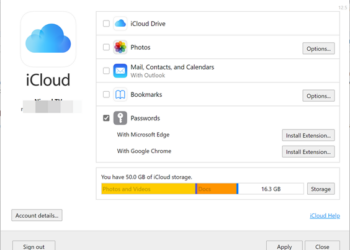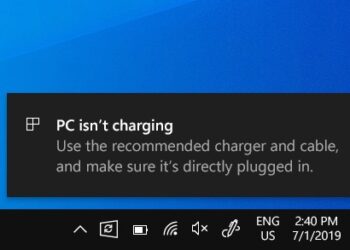Back in October 2014, Microsoft announced the next big version of Windows 10 and it was released to users in technical preview version. Although the technical preview is just a first version, it did come up with some new features. On January 21, the company hosted a Windows 10 event at its Redmond headquarters which focused on the consumer side of the operating system and also announce how Windows 10 for PCs and smartphones look like.
One of the main issues while testing or installing new OS is the compatibility with hardware. At the earlier event, Microsoft had mentioned that any PC running Windows 8.1 (or compatible with 8.1), will be able to run Windows 10. In case you are planning to install the latest build, you need to make sure your PC supports the installation.
Here is the detailed system requirement for Windows 10:
- Processor: 1 gigahertz (GHz) or faster
- RAM: 1 gigabyte (GB) (32-bit) or 2 GB (64-bit)
- Free hard disk space: 16 GB for 32-bit and 20GB for 64-bit.
- Graphics card: Microsoft DirectX 9 graphics device with WDDM driver
- Screen Resolution: Minimum screen resolution of 800×600 pixels
- Tablets require volume and power buttons
Going by the specs, almost every PC should be able to install Windows 10 as the requirements are pretty low. This would also mean that low end devices will also be able to install Windows 10 without any issues.
Windows 10 is expected to arrive later this year and going by Microsoft’s past releases, it should be available in October 2015.








